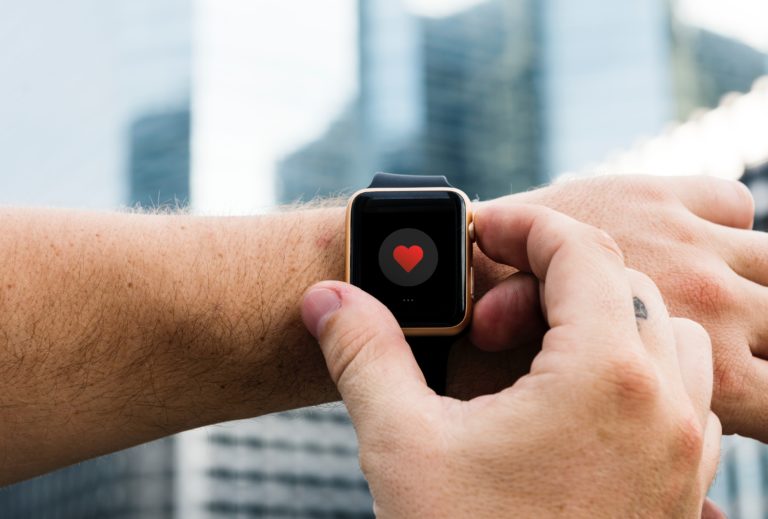But our already ultra-connected world could just be a preview of a smart technological future, where a working ‘Internet of Things’ means our devices work seamlessly together to not only collect data, but make sense of it too.
The endless possibilities for wearables are particularly evident in the healthcare sector, where technology could save healthcare professionals’ time and patients’ lives.
Simon Wilson of HPE Aruba pictures a hospital with imaging technology that could start monitoring patients’ vitals as soon as they enter the hospital and perform automatic triage that eliminates the need to wait around for results. Wearable technology could contribute to this vision by not only collecting health data at the hospital but recording outcomes directly into medical records too, reducing the need for follow-up appointments. As a result, staff would spend less time recording routine measurements and more time focused on patients.
Thanks to the growing popularity of wearables, in many cases, valuable data about our health and wellness already exists. Fitbit medical director Dr John Moore has stated that Fitbit has information about ‘billions of nights of sleep and trillions of hours of step taking’. Though these might be seen as simple measurements, if this data was harnessed in the right way, could it provide valuable insights into patient health? We already know, for example, that sleep is an important measure of our health, and that our activity levels can improve other aspects of our wellbeing.
But we don’t just have to imagine how wearables could be used in healthcare. Trials like the unWired project, which helps young Australians with mental health disorders to track and manage their activity and stress levels using wearables, are already providing new tools for patient care which can help doctors spot ‘early warning’ signals and intervene at the right time.
Wearables don’t even have to have screens or be shaped like smartphones. As we get closer to the development of artificial organs, could we even refer to an artificial kidney as wearable technology? This discussion may be just around the corner with innovations such as a new nanomaterial called MXene which is able to break down urea and which brings us closer to the prospect of comfortable, ‘wearable’, artificial kidneys.
Despite these advances in how wearables are used in healthcare, there are still practical challenges to overcome. One all-too-familiar challenge is bridging the gap between the possibilities of software and the realities of hardware. There is no point in programming a device to collect and analyse data 24 hours a day if the battery only lasts for 6.
Yet these problems are being tackled every day, bringing us closer and closer to a smart, dynamic, connected future. Bournemouth University has recently developed a new method for improving battery life in wearable technology. This advanced tech could be the key to unlocking a new medical landscape where technology works seamlessly in the background, enabling practitioners to put decision-making and patient care in the foreground.
The Health eResearch Centre is playing its own part in harnessing wearable technology to improve healthcare by carrying out projects such as the Wearable Clinic and Koalap. We’ll go into more detail on exactly how we use wearables in our next post.

